UN Climate Change Report Predicts Dire Future for New York
Climate change is set to hit home hard for Brooklynites, according to a new report.

A man watches rising waters on the East River from Brooklyn as Hurricane Sandy made its approach in 2012. Photo via REUTERS/Andrew Kelly
Climate change is set to hit home hard for Brooklynites, according to a new report.
The report, compiled by the UN’s Intergovernmental Panel on Climate Change and released Monday, paints a daunting picture of the catastrophic effects that increased atmospheric Co2 is already wreaking on the world, and where we’re inevitably headed in lieu of drastic action — including here in Kings County.
“It’s not surprising to us,” said Elizabeth Yeampierre, the executive director of Sunset Park-based climate advocacy group UPROSE. “But despite the fact that we expected that news, it’s still dire. It’s still troubling. It still makes you want to cry when you see it in print.”
The report finds that human activity has already significantly increased average global temperatures, and there remains only a slim chance that the world will remain below the 1.5 degree Celsius limit set at the 2015 Paris Accords. Exceeding that benchmark spells an exceedingly dark future.
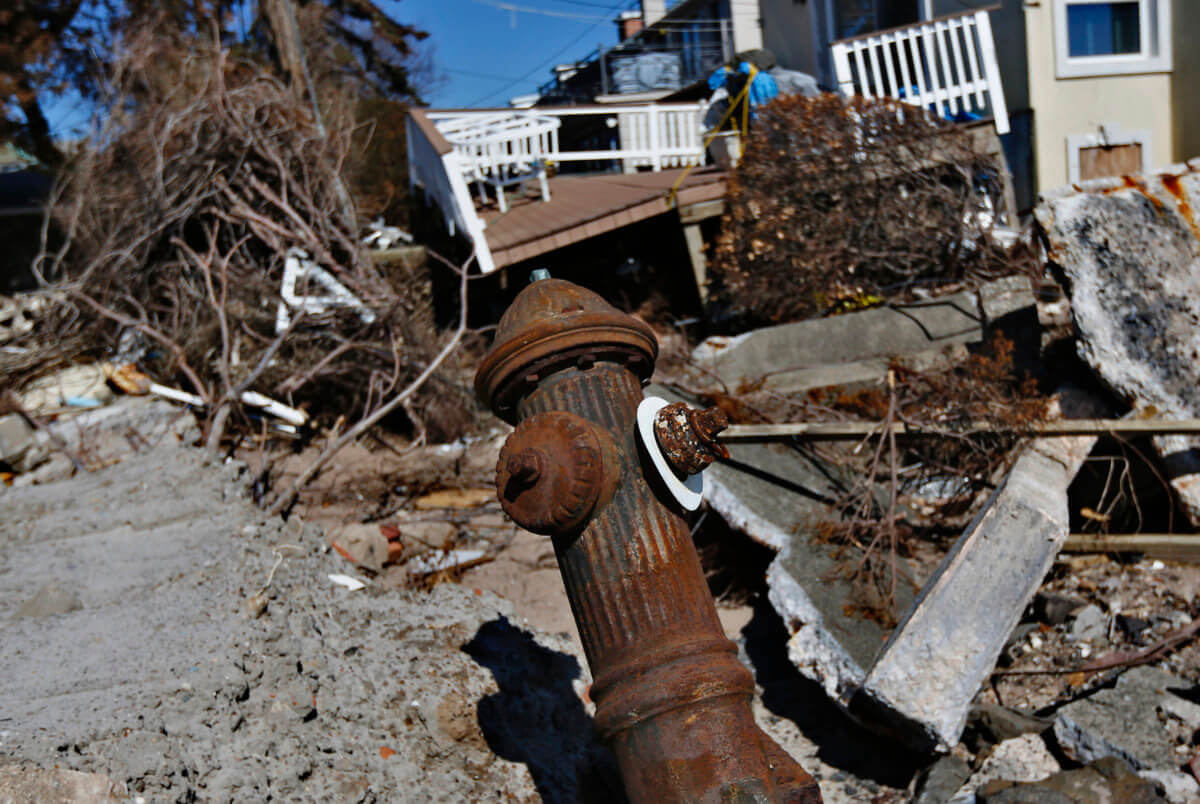
The report notes that the world is already feeling the effects of climate change, with more frequent extreme weather events and sea-level rise already occurring, and that these effects worsening in the coming decades is inevitable and irreversible — although abject catastrophe could still be averted if society rapidly weans itself off fossil fuels.
The report has wide-ranging implications for the entire world, and New York is no exception, with more frequent storms and normalized flooding in low-lying coastal regions now being essentially unavoidable.
“I think what this report says is that we still have to do the work,” said Brett Branco, director of the Science and Resiliency Institute at Jamaica Bay. “But we’ve already changed things significantly enough that we also have to learn to live with the consequences.”
Report co-author Bob Kopp said that “regardless of how quickly we get our emissions down,” sea levels are likely to rise by 6 to 12 inches by midcentury. “If average global temperatures rise by up to 4 degrees Celsius, we could see sea levels rise by up to 2 feet by the end of this century.”
Sea levels rose off New York’s coast by 9 inches between 1950 and 2017, according to sealevelrise.org, which cited data by the National Oceanic and Atmospheric Administration, and those levels are now rising by an inch every 7 to 8 years.
If the worst possibilities come to pass, significant portions of coastal Brooklyn, such as neighborhoods on Jamaica Bay, Williamsburg, Red Hook, Bay Ridge, Sunset Park and others, could in the coming decades be underwater and unlivable, with storms like Hurricane Sandy becoming more regular occurrences.
“It’s surprising to me that Superstorm Sandy wasn’t the ultimate lesson,” Yeampierre said, noting that the city’s infrastructure, including its subways, had faced devastating flooding during the 2012 storm.
The storm’s impacts are still being felt today on various fronts. The MTA has conducted repairs to several East River subway tunnels, such as those carrying the L, R and F lines, but still has much work to do. And the ever-evolving Gateway Tunnel saga stems from damage caused to the century-old Hudson River tubes by the storm.
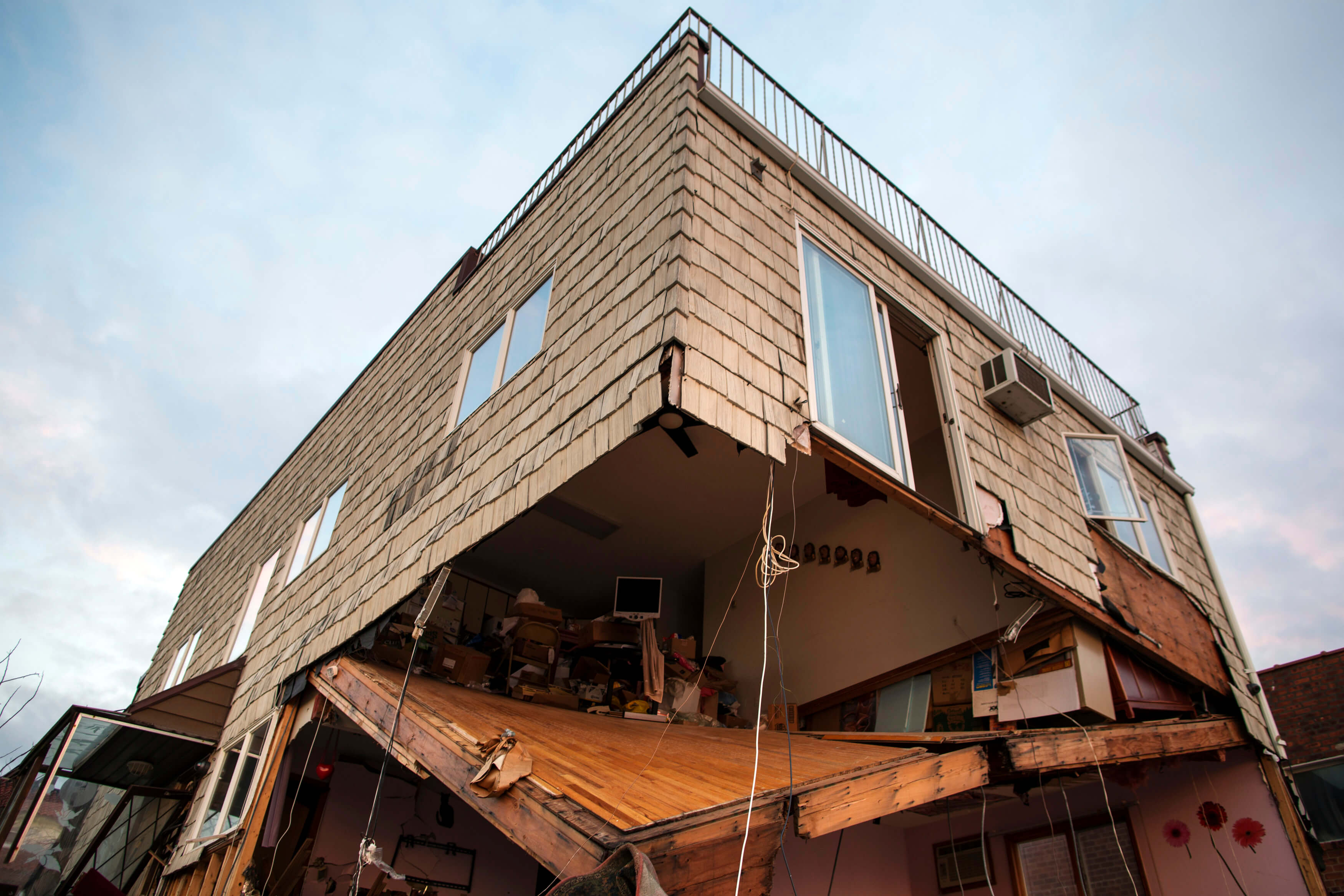
“Climate change is telling us [that] you’re not gonna survive if you continue to move in the direction you’re moving,” Yeampierre said.
The effect of rising seas and increased storms is a focus of President Biden’s dual infrastructure plans, which together are set to spend trillions of dollars upgrading energy grids, coastal sea walls, electric car charging stations and flood-mitigation support.
“Congress has ignored the great existential threat of our time. And that is climate change,” said Vermont Senator Bernie Sanders, who chairs the Senate Budget Committee. “If we do not act boldly and immediately all over this planet, the world that we will be leaving our children and grandchildren will be increasingly unhealthy and uninhabitable.”
‘Some of Brooklyn would remain livable’
The city’s shifting climate could also spell doom for innumerable species of plants and greenery that currently call Brooklyn home. Warming, acidifying and rising oceans could be devastating for marine life in Jamaica Bay and elsewhere, and even some solutions, like seawalls, would have significant impacts on current ecology. And the city will simply become hotter, with the “heat island” effect amplifying as average temperatures increase.
“Some of Brooklyn would remain livable,” said Sara Gronim of 350 Brooklyn. “But there would be less room for most of us, it would be less green and less moderate in terms of climate.”
Low-lying neighborhoods in southern Brooklyn, like those around Jamaica Bay such as Canarsie, Marine Park, Bergen Beach and Mill Basin, face particular vulnerabilities. Branco says that residents are already having to learn to live with the threats, and some residents may end up deciding to relocate if the challenges become too much to bear.
“Unlivable is an individual decision, but we do know that in some communities around Jamaica Bay and other parts of Brooklyn, people are having to learn to live with the water,” Branco said. “On a full moon, even on a sunny day, they’re gonna experience some flooding in the streets outside their house, in their yards. And they’re figuring out ways to cope with that. And if it becomes too difficult for them to live with that, they may choose to leave.”
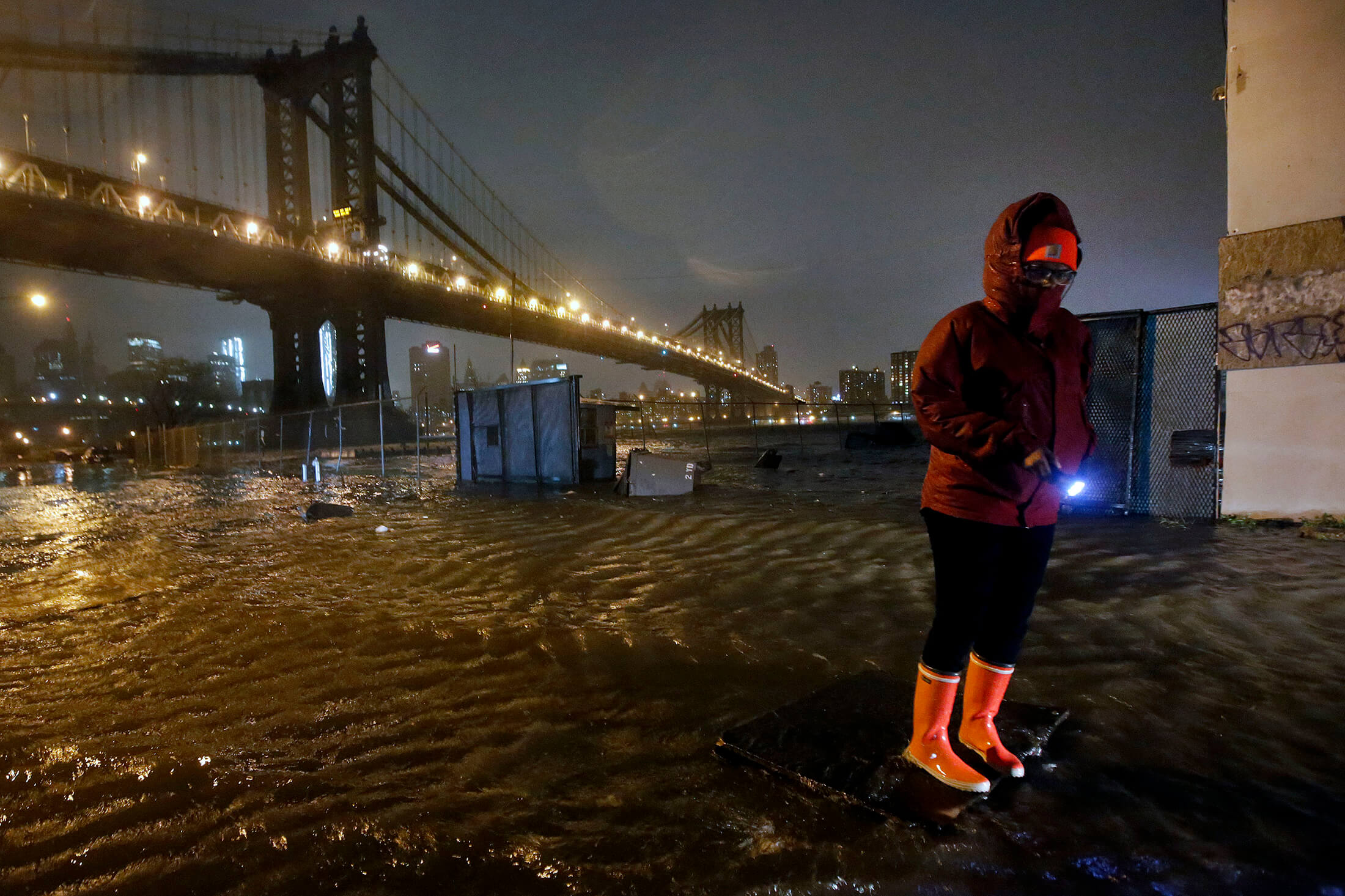
Branco notes that building flood-resilient infrastructure in these areas will be expensive and could have a negative impact on bay marine life.
“We have to make some important decisions,” Branco said. “There are probably some very, very expensive things to do, elevate homes and streets, build seawalls, there are things we can do to make the flooding less severe, less impactful. But those decisions have consequences for some of the important things in the bay, like habitats for marine life and birds on the edges.”
State Senator Andrew Gounardes, who represents many of the southern Brooklyn neighborhoods at greatest risk, worries that in the absence of actions, his constituent communities could cease to exist.
“I’m trying not to think too cataclysmically now, but certainly that’s a concern,” Gounardes said. “Neighborhoods we’ve lived in for decades and decades, 100-plus years in some cases, might cease to exist if the very worst of what’s possible actually comes to be. For low-lying coastal communities like ours, which have already experienced just a small taste of what climate change can do, it is absolutely worrisome. And certainly creates a deep sense of urgency.”
In fairness to local leaders, experts concede, New York City and State have passed some ambitious climate legislation, and begun serious resiliency work.
The Climate Leadership and Community Protection Act was passed in Albany in 2019, setting statewide decarbonization targets — including an 85 percent reduction in greenhouse gas emissions by 2050. Also in 2019, the city passed Local Law 97, heralded by some as groundbreaking government action in the fight against climate change, which requires all large buildings in the city meet energy efficiency standards by set target dates.
Gronim noted the less high-profile, but still important, work the city is doing to restore salt marshes on Brooklyn’s coastline, such as those around Coney Island. Much of the city’s climate policy is devised with guidance by the New York City Panel on Climate Change, a group of scientists with wide-ranging disciplines and expertise.
‘We don’t have a choice’
Mayor Bill de Blasio, responding to the IPCC report, said on Twitter that society had failed to act, and that we were now destined to live with the collateral damage.
“We’ve failed to act when it comes to climate change for decades. Today’s UN report is clear: we’ll now have to live with some major consequences,” the mayor tweeted. “Let’s fight back before it gets even worse. Let’s protect our planet while we still can.”
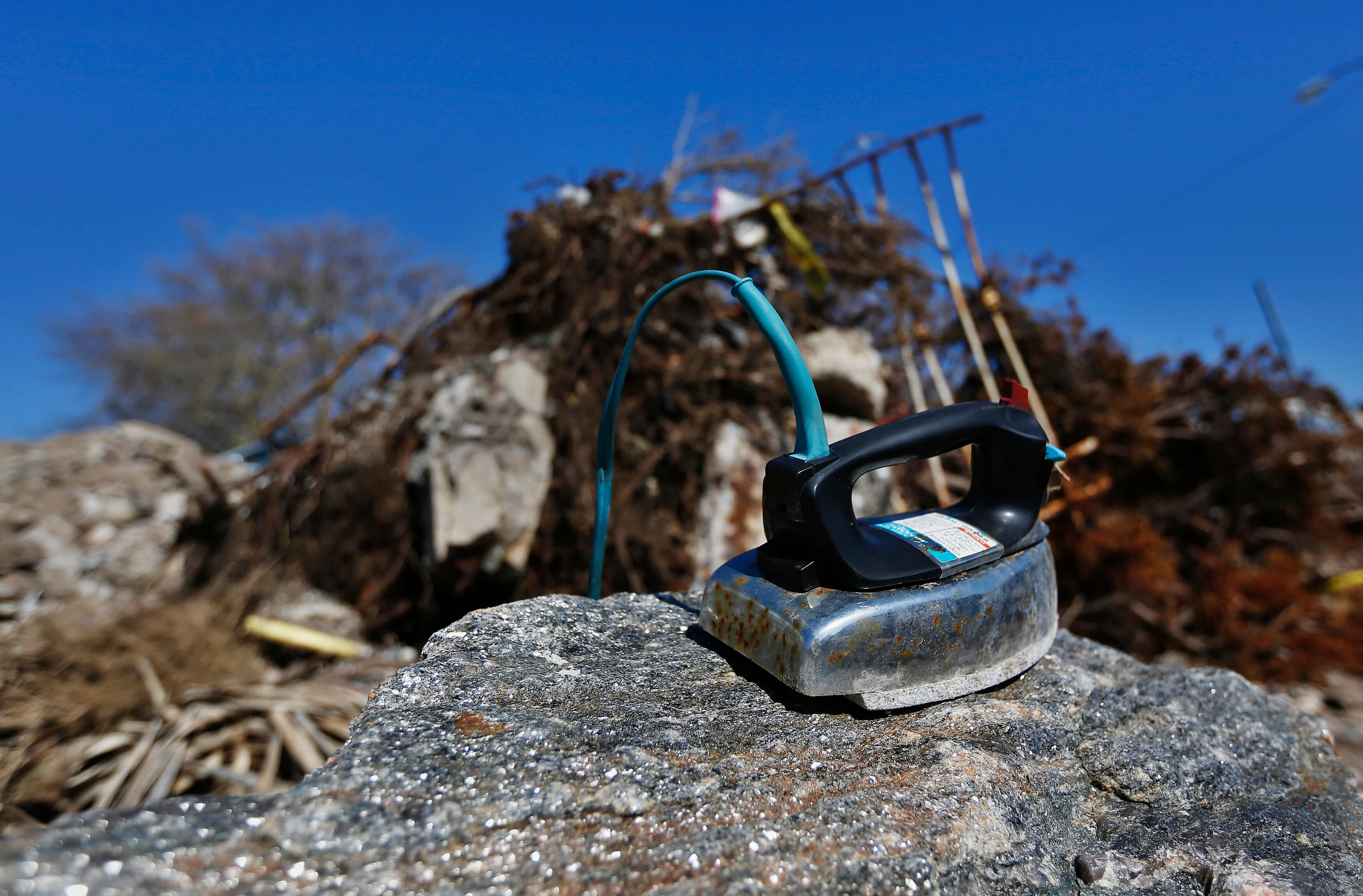
Many responses to the statement, however, were incredulous.
Yeampierre, too, believes that politicians’ words often don’t match their actions, to the detriment of all, but especially to frontline communities like hers that will bear the greatest impact.
“Some politicians are taking it seriously, and others are willing to make compromises,” she said. “These people are part of a legacy of compromising justice.”
Despite all the talk, though, Yeampierre feels that groups like UPROSE are sidelined as the existing system of political economy continues its slow march to impending doom.
“It is really frustrating to see how slowly things move,” Yeampierre said. “And it’s also frustrating to see the recommendations from frontline organizations like ours…are sort of thrown on the side as part of everything else when everything else is going to be impacted by climate change. You can’t silo this.”
Some advocates have pointed to the MTA’s plan to widen the Belt Parkway in Bay Ridge in their $51.5 billion capital plan to allow more cars as proof that local officials have failed to take the necessary steps to limit carbon-burning sources in sectors like transportation.
To boot, the state did not pass a bevy of climate legislation on the table this year. Most notable was the Climate and Community Investment Act, which, in essence, funds the CLCPA.
Gounardes, who sponsored the CCIA, says that governmental bodies can no longer afford to kick the can down the road on climate legislation.
“We don’t have a choice, that’s the only way to say it,” Gounardes said. “These bodies will cease to exist if the physical space that these bodies represent are underwater. So if we don’t act now, there is no tomorrow.” Beyond state legislation, Gounardes is currently advocating for federal operating subsidies for mass transit, which he hopes would allow his southern Brooklyn district to become less car dependent.
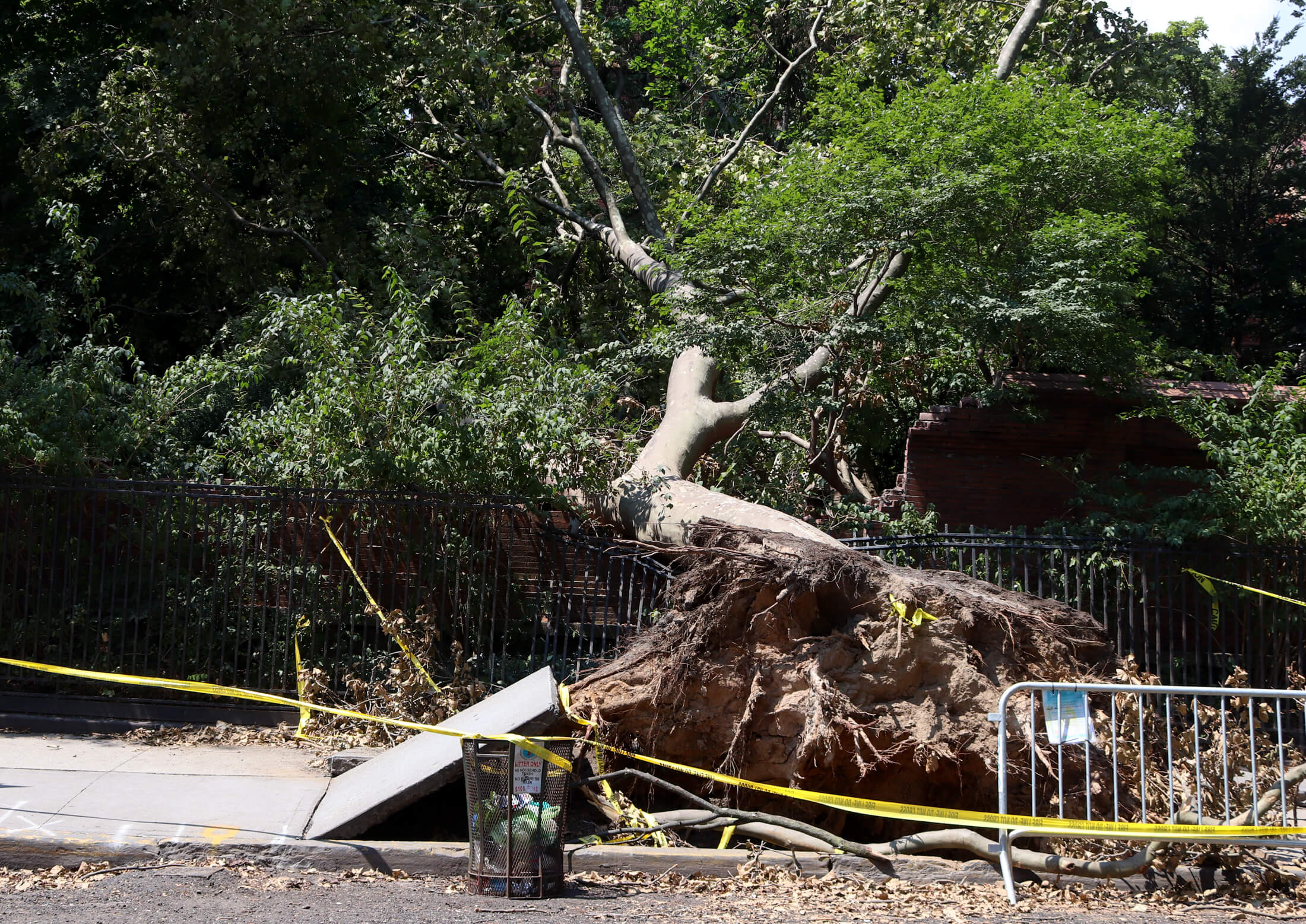
Best-case scenario
In the scenario where the worst catastrophes are avoided, Gronim said she could see a future Brooklyn of well-weatherized buildings, a massive bike-lane network and widespread use of e-bikes and e-scooters, an electric bus fleet, and funding for the Parks Department to plant loads of trees and restore vulnerable ecosystems.
The worst, however, could mean 30 to 50 days a year over 90 degrees, mass death of New York’s foliage and greenery and, perhaps most horrifyingly, regular flooding of the toxic Gowanus Canal. Increasing frequency and intensity of wildfires out west, like the ongoing Dixie Fire in California, mean New Yorkers will contend with scarcer and more expensive food.
“The last few years have been exactly what will accelerate,” Gronim said. “The northeast, it looks like we’ve got hotter but wetter summers, with more downpours. The way the subway got flooded, which are hard for our old sewer system to manage, as opposed to gentle rains. We will certainly get some Sandy-like hurricanes no matter what.”
Yeampierre, who in addition to UPROSE is also co-chair of the Climate Justice Alliance coalition, will be speaking at the UN’s Climate Change Conference in Glasgow, Scotland and at the Hague later this year. She says that despite everything, she has to remain optimistic that humanity will come together to address the crisis, otherwise she wouldn’t be able to get out of bed in the morning.
“I dedicate every single day of my life to fighting climate change and making sure we’re creating safe harbors for my community,” Yeampierre said. “So I have to feel hopeful or I can’t get up in the morning.”
“Those of us who come from struggle, we’re gonna fight like a bunch of Jedi warriors until the end.”
Editor’s note: A version of this story originally ran in Brooklyn Paper. Click here to see the original story.
Related Stories
- Updated Hurricane Evacuation Map Shows Much of Southern Brooklyn in High-Risk Zones
- Wastewater Treatment Facility in Sheepshead Bay Set for $110 Million Green Upgrade
- Prospect Park Installation From Artist Mary Mattingly Addresses City’s Drinking Watershed
Email tips@brownstoner.com with further comments, questions or tips. Follow Brownstoner on Twitter and Instagram, and like us on Facebook.

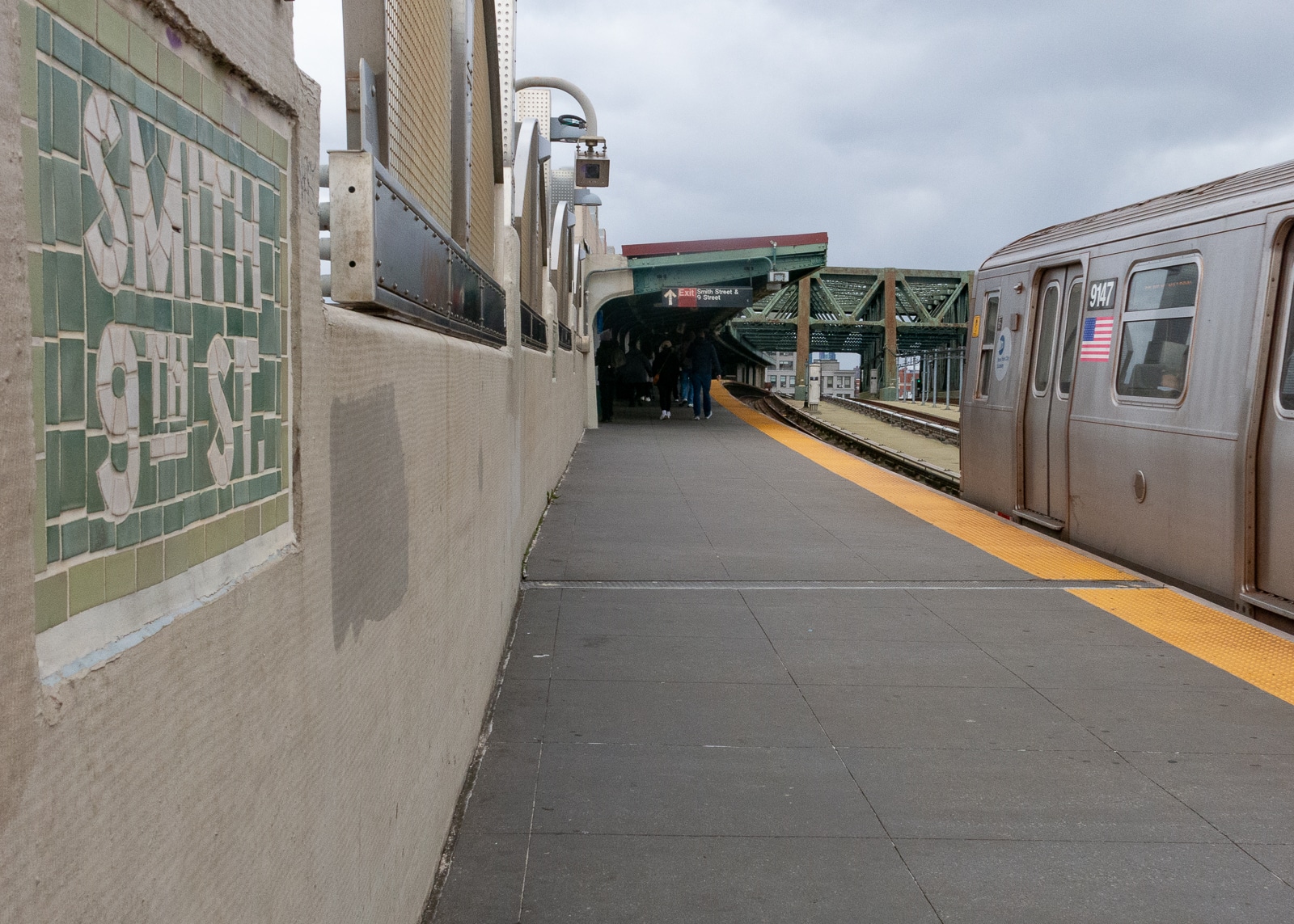
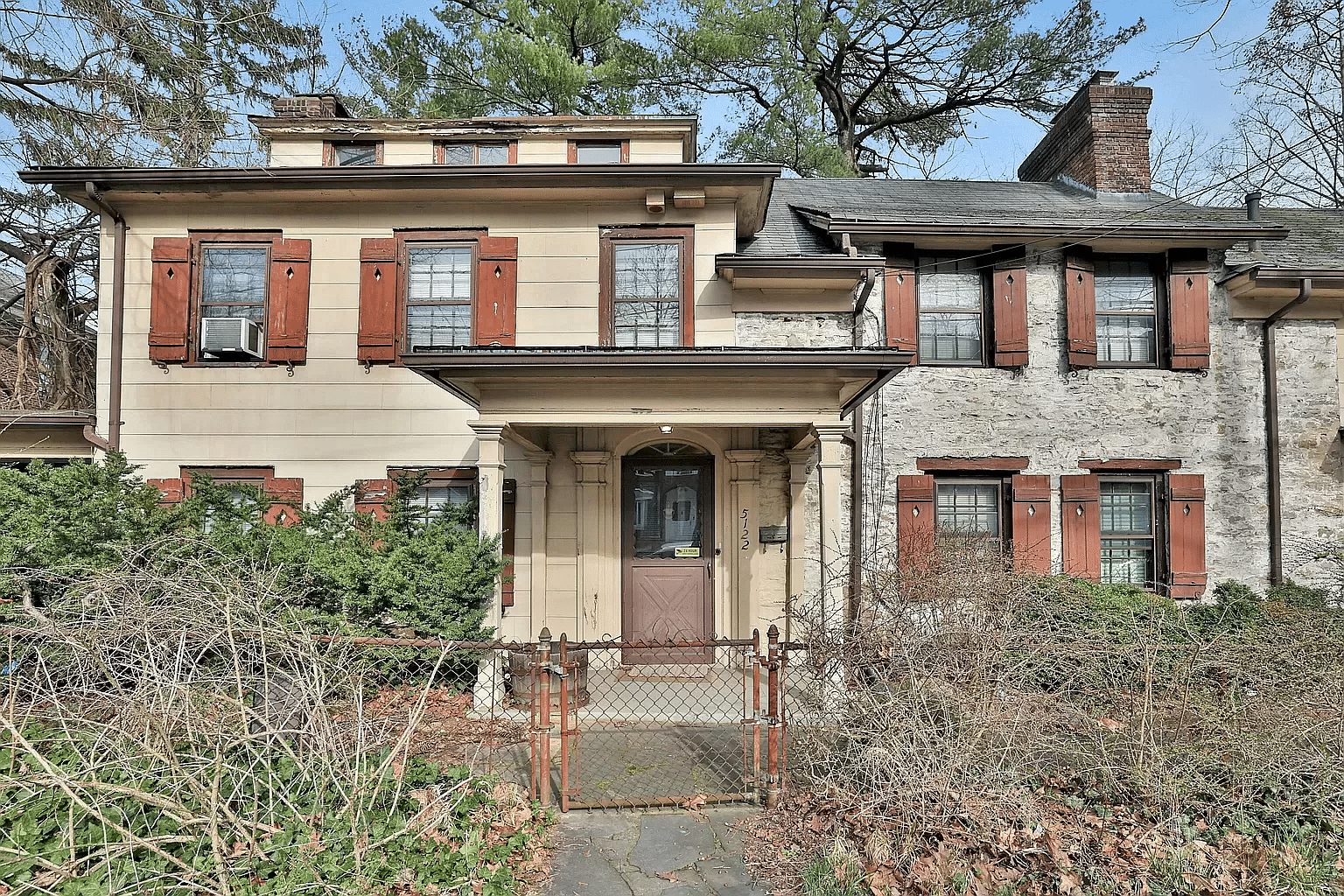






What's Your Take? Leave a Comment